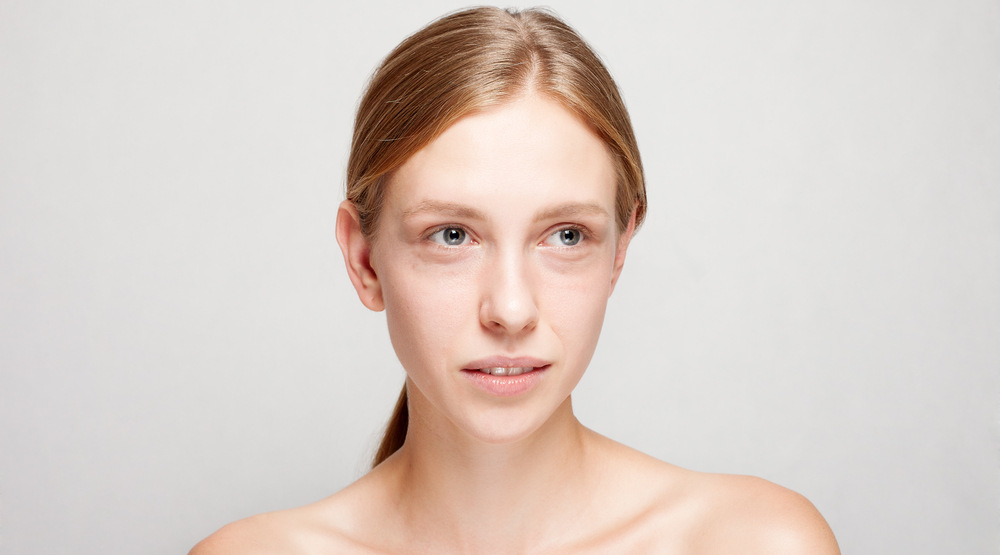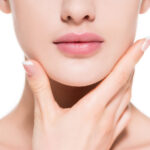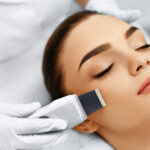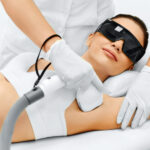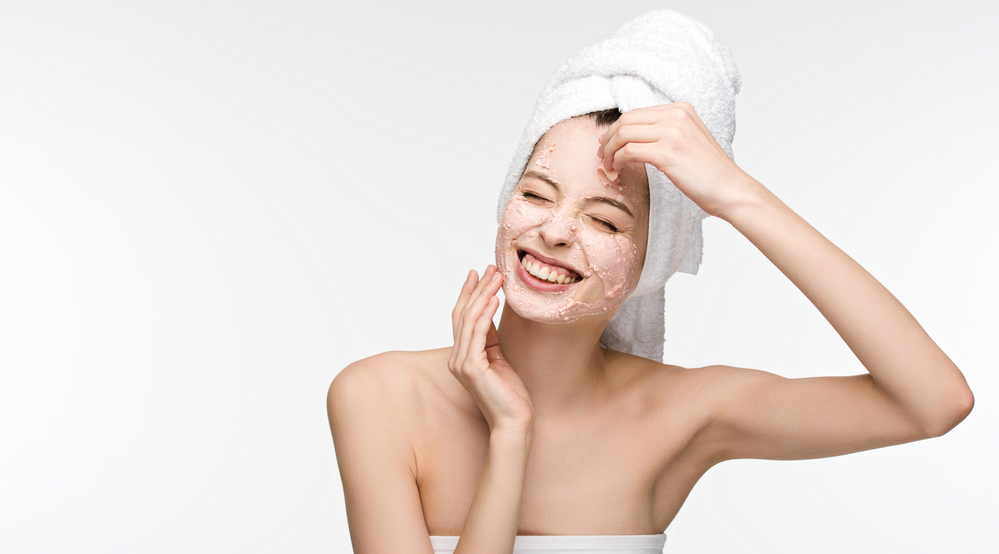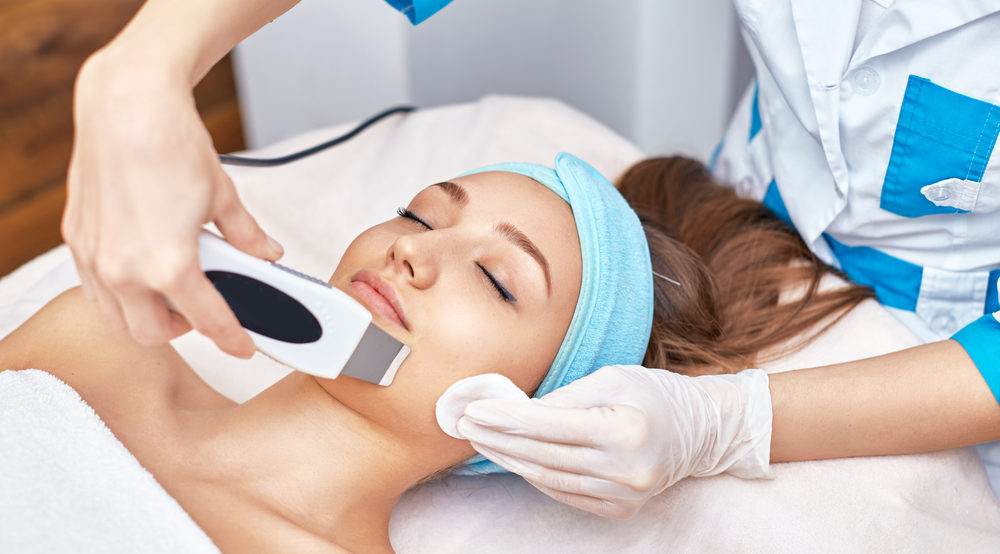It is commonly thought that dark eye circles are due to a lack of sleep and being tired. While this can be the case, there are many other underlying reasons that could be the cause. If you find it is affecting your appearance, it may be an indication that you need to explore remedies that could involve lifestyle changes or medical advice.
Reasons for getting Bags under the Eyes
If you want to get rid of dark circles under your eyes, it is best to find the root cause instead of always treating the symptom. Typically, you will notice puffiness, mild swelling, or a darkened skin tone below the eyes.
Through the aging process, muscles weaken, and fatty tissue diminishes causing the skin to become thinner and to sag, particularly around the eyes. Although it is rare for bags under your eyes to be a symptom of a serious disorder, you still want to be able to rule out potential health conditions and make positive lifestyle changes that reduce the frequency and severity of bags and dark circles.
Common causes
Eye puffiness is more prominent in the morning, which can be temporary or last for hours. If you don’t suffer from any severe eye conditions or diseases, these are some of the possible causes that result in those baggy looking eyes. Identifying the cause will help find an effective dark circles remedy:
- Lack of sleep
- Allergies
- Smoking
- Aging
- Hyperpigmentation
- Diet deficiency
- Touching, rubbing your eyes too often
- Genes
- Thyroid issues
- Dehydration
- Fluid retention
- High salt intake
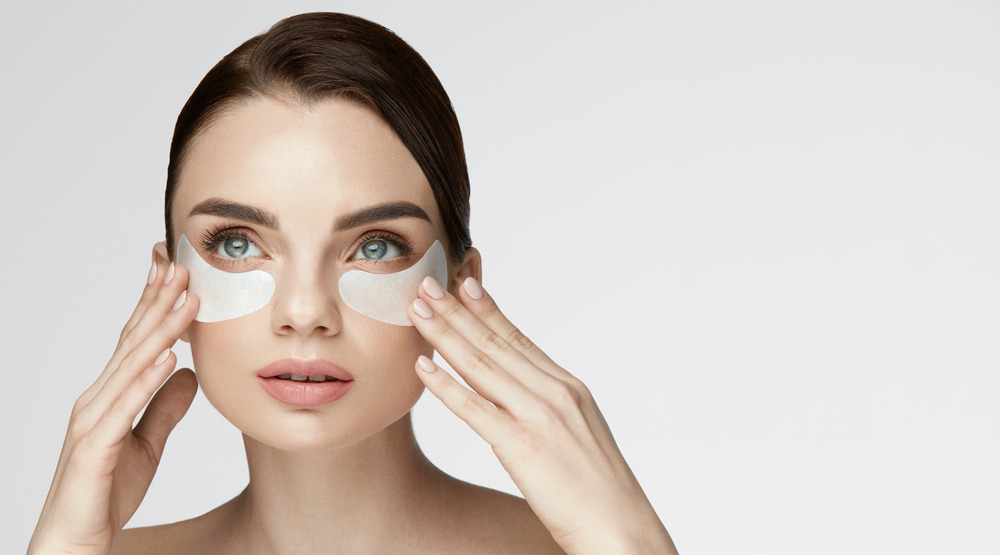
Check Your Health
The first step to healthy living is avoiding substance abuse, drinking enough water, getting exercise, having good sleeping habits, and following a balanced and nutritious diet.
There are several things to eliminate and include in your lifestyle that can impact your health for the better, which in turn will reduce the dark rings and bags under your eyes.
In some cases, opting for one of the new procedures for under eye bags, such as chemical peels, fillers, or laser therapy can be an effective solution. However, the following ways are the easiest methods to try first before spending money on treatments that you could otherwise resolve at home.
Sleep
If you have a pattern of going to sleep late or having disrupted sleep, try exercising and using calming and de-stressing techniques that will induce sleep for longer.
UV Rays
Reduce sun exposure to your eyes and face, and always use a high-factor sunscreen.
Home Remedies
There are several home remedies that help remove dark circles under the eyes, which include using a cold press, or thickly cut chilled slices of cucumbers, or almond oil mixed with vitamin E, or soaking and chilling tea bags, which are gently placed over the eyes for at least 10 minutes.
Diet
A poor diet lacking in essential vitamins and minerals is often the cause that affects the body’s physiology and functioning, and causes the stubborn bags under our eyes. Vitamin C, E, and K, and Iron and Lycopene are important vitamins rich in antioxidants that are integral in preventing damage caused by free radicals.
These elements help with blood circulation, collage production, reduce pigmentation, and promote skin and eye health. Great sources of foods high in these vitamins include guavas, tomatoes, oranges, cabbage, papaya, green leafy vegetables, legumes, and almonds.
When to see a doctor
If you have severe and painful swelling and discoloration, it may be time to visit a medical professional who will test you for an infection, allergies, or thyroid disease. Your doctor will determine if it’s necessary to refer you to an eye specialist.

Cosmetics
Another reason for dark circles could also be the use of cosmetics, the way in which they are applied, and an incorrect skin care routine. Prolonged use of retinol products have also been known to exacerbate puffy eyes and dark rings under the eyes.
Additionally, when cleansing to remove make-up, you may not realize it, but rubbing the skin too hard can damage the eye capillaries and cause inflammation, making the dark circles under your eyes worse. Quality make-up removers shouldn’t need a tough scrub to get rid of eyeliner, mascara, and powders. Always be gentle with your skin, especially the delicate areas under your eyes.
Using cosmetics to conceal dark circles and bags
Skin-lightening creams, concealers, eye creams, make-up, and special techniques can all help minimize the appearance of those puffy, dark eyes.
- Keep an eye gel cooled in the refrigerator, so whenever you apply it, you get a soothing effect that helps constrict the blood vessels.
- Include the use of an eye mask in your daily skin care routine and afterwards hydrate the area around the eyes with a light eye cream.
- Use a concealer that has orange undertones, which offers the best coverage for dark circles as the orange counteracts the dark circles. You can also use a concealer that matches your skin tone.
- Use a white or nude eyeliner that brightens the eye area. You can also add a highlighter on your brow bone and inner parts of the eye area to open your face and detract from the dark areas.
- Apply the concealer to the shadow and don’t try to cover the actual eye bag. Using a small and angled brush, apply the concealer just in the crease of the bag. Alternatively, use the pad of the ring finger, which is the weakest finger, so you don’t apply too much pressure.
- Another technique for applying concealer is to do it in a triangle that starts from under your eye and goes down your cheek. It’s not about using a huge quantity of concealer because that will look obvious, it’s about the way it’s applied that makes a difference.
Adding a smidge of red lipstick to the eye bags and dark circles then covering it with foundation will help neutralize the baggy eye appearance.
Latest News
- August 25, 2021
- August 25, 2021
- July 21, 2021
- July 20, 2021
- June 21, 2021
